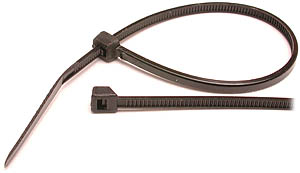Dave_Faria
Slow & Easy
GM List. While I was trying to decide how to decarbonize my heads I called several BMW Dealerships to find out what tool was used. I was looking to either buy(depending on cost) or make a tool that would hold the overhead cam sprocket so the bolt that holds the sprocket to the cam shaft could be loosened. I was surprised 3 out of 4 of the dealerships did not have a tool and the one that did had made the tool themselves. My concern is how do you keep from wiping bearings, damaginging the chain, or breaking a chain rail. I'm not a mechanical engineer so I err on he side of caution. Please ease my concerns educate me.
Thanks list
Thanks list


